Become a champagne expert: the facts and terminology
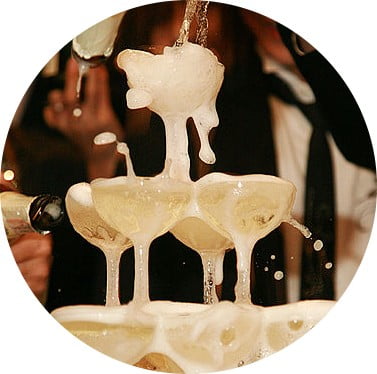 Champagne is one of life’s greatest pleasures but how much do you actually know about the bubbly beverage?
Champagne is one of life’s greatest pleasures but how much do you actually know about the bubbly beverage?
So far in our champagne series we’ve learnt about how to read a champagne label and the must know champagne houses.
Now it’s time to get technical. We can’t wait to share our guide to champagne terminology – mostly so you can impress your friends…
So arm yourself with these seven must-know bubbly facts and let us answer all of your sparkling questions.
1. Types of champagne: sweet or dry?
Champagne comes in varying intensities; from dry to sweet there is something for everyone.
Dry to sweet on a 1-5 scale:
- Ultra brut – as the name suggests, ultra brut is the driest of champagnes.
- Brut – the most common champagne is brut, it is rather dry and can be enjoyed with savoury food.
- Sec – while sec means dry in French a sec champagne is in fact less dry than a brut.
- Demi-sec – this is a semi sweet wine that goes down easily.
- Doux – very sweet champagne, best enjoyed with desert.
2. The difference between non-vintage and vintage champagne?
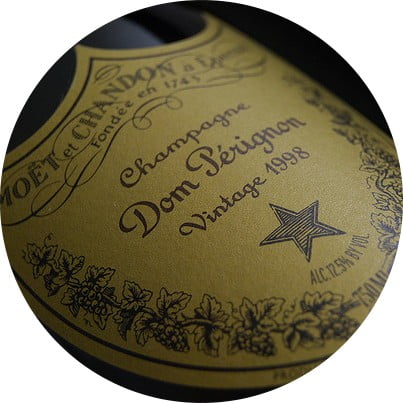 Non-vintage – most champagne is non-vintage. Champagne is often produced using wine from multiple harvests. This helps to balance out the flavour and flaws of the grapes. You’ll notice an ‘NV’ on bottles of non-vintage champagne.
Non-vintage – most champagne is non-vintage. Champagne is often produced using wine from multiple harvests. This helps to balance out the flavour and flaws of the grapes. You’ll notice an ‘NV’ on bottles of non-vintage champagne.
Vintage – vintage champagnes are much less common than non-vintage. For champagne to be vintage it must be made from grapes harvested in the same year.
Vintage champagnes are only made when the harvests are particularly good and must be cellared for a minimum of three years. They are often cellared for much longer and sold for a higher price.
3. How does champagne get its colour?
White – to produce white champagne the grapes are not left in their skins when they’re pressed. This means the juice is clear and gives the champagne its colour.
Rosé – when making a rosé champagne winemakers use one of two techniques. They can simply add some still red wine during the second fermentation or they can use the saignée method.
Saignée is when winemakers bleed off the juice after minimum contact with the skins. This process results in a more flavoursome rosé with a rich colour too.
4. What grapes are used to make champagne?
Champagne comes in a rosé and a white. What’s interesting is that there are only three types of grapes used to make champagne.
The different types of champagne grapes are:
- chardonnay
- pinot noir
- pinot meunier
Here’s a bubbly fact: pinot noir and pinot meunier grapes are black and red respectively. Despite this, most champagne is white!
It was the Benedictine monk Dom Perignon who is credited with finding a way to make a clear white wine out of these dark grapes.
5. How is champagne actually made?
The century old techniques have been perfected over time. With many different winemakers credited with improving the process.
Here’s a fizzy fact: in France champagne is produced according to the méthode Champenoise. When these techniques are used outside of the champagne region it’s called the méthode traditionelle.
We’ve broken up the méthode Champenoise into six steps for you to follow along:
1) Harvest – champagne grapes are often the first to be harvested because producers want the grapes to have less sugar and more acidity. Once the grapes have the right levels they are swiftly harvested and the process begins.1
2) First fermentation – Once the grapes have been harvested they’re pressed into a juice, which is placed in vats along with yeast. This triggers the first fermentation, which lasts for 14 days.
The fermented juice is then blended with other juices form either different types of grapes or grapes from different years.
3) Dosage – a measured quantity of sugar, wine and sometimes brandy is added in the final step before bottling the champagne.
Ready for a sweet surprise? Well, in the 1800s the standard bottle of champagne had 250-300 grams of sugar per litre. Nowadays we only have 50 grams of sugar per litre.
4) Second fermentation – after the sugar is added the champagne is bottled and extra sugar and yeast are also added to trigger the second fermentation.
After this the champagne is cellared horizontally from as long as the producer sees fit. For example, Moët et Chandon have only recently released their 2004 vintage.
5) Riddling – Believe it or not, riddling was invented by la veuve Clicquot (link to Veuve Clicquot article) herself. Once the second fermentation is done and the dead yeast (lees) has flavoured the wine, the bottles are placed on a riddling rack. Placed on an angle they are shaken and turned daily to force the dead yeast into the neck of the bottle.
Prior to riddling, champagne making was a wasteful process. To get the lees out, champagne had to be poured from one bottle to another, which resulted in spillage.
6) Disgorgement – once champagne has been through the riddling process and the lees have made their way down, the neck of the bottle is frozen.2
The crown cork is removed and the lees is forced out from the pressure build up inside the bottle.
The remaining champagne is left clean and the bottle is quickly corked.
6. What are the different types of champagne producers?
Champagne producers aren’t all big houses. In fact many of the grades marques source their grapes from all over the Champagne region.
For all you connoisseurs in training here’s a helpful hint: to find out what type of producer made the champagne you’re drinking you’ll find two letters at the bottom of label.
The different types of producers:
- NM: Négociant-Manipulant producers buy grapes from growers and use them to blend and produce large quantities of champagne. G. H Mumm, Moët et Chandon and Veuve Clicquot are all négociant-manipulant brands.
- RM: Récoltant-Manipulant are growers that produce and sell their own champagne. They sometimes buy and sell grapes too. Many artisan Champagne producers like Marc Chauvet are Récoltant-Manipulants.
- CM: Coopérative-Manipulant growers combine their grapes and sell them to houses, and they also make and sell champagne – Réné Collet is one such brand.
- RC: Récoltant-Cooperative growers sell champagne and grapes to other houses. They also sell champagne under their own label but produce it as part of a cooperative.
- SR: Société de Récoltants are family businesses whose wines are harvested and produced exclusively by the family.
- ND: Négociant Distributeur buy finished wines and label them on their own premise.
- MA: Marque d’Acheteur or Buyer’s Own Brand (BOB), are wines made and labeled in the Champagne region. The producer’s name is on the bottle but the brand name is that of the wholesaler, restaurant or supermarket who commissioned it.
Most champagne will fall in the first three categories, however if you are in France you will have a much better chance of finding a champagne made by a different type of producers.
7. Handy French champagne terminology:
- Grad cru – these are the crème de la crème. Grand cru champagnes are the houses best quality wines.
- Prestige cru – prestige cru are a level above grand cru. Dom Perignon is Moët et Chandon’s prestige cru, however most champagne houses just produce grand crus.
- Cuvée – this means the champagne is made from a mix of grape varieties and vintages. Cuvées – the name is pretty ambiguous – can contain grapes from all over the region.3
- Blanc de blancs – these champagnes are made entirely from Chardonnay grapes.
- Blanc de noirs – these champagnes are made entirely from the two darker varieties of grapes: Pinot Noir and Pinot Meunier.
Voilà! Next time you get together with your friends you can pop some facts along with the champagne!
What is your favourite type of French champagne? Share your champagne delights in the comments sections below.
References:1. Anna Monette Roberts, ‘How is Champagne Made?’, via Pop Sugar.
2. Katie Sweeney, ‘Methode Champenoise’, via Pop Sugar.
3. Ed McCarthy & Mary Ewing-Mulligan,‘The Grape Varieties of Champagne’ via French Wine for Dummies. Image credits:
1. Champagne tower, via Wikimedia.
2. Vineyards, by La Chiquita via Wikimedia.
3. Champagne glass, by Anne Broache via Quest.
4. Grapes, by Megan Mallen via Flickr.
5. Cave, by Megan Mallen via Flickr.
6. Corks, by April Killingsworth via Flickr.
7. Bottles, by Ewan Munro via Flickr.

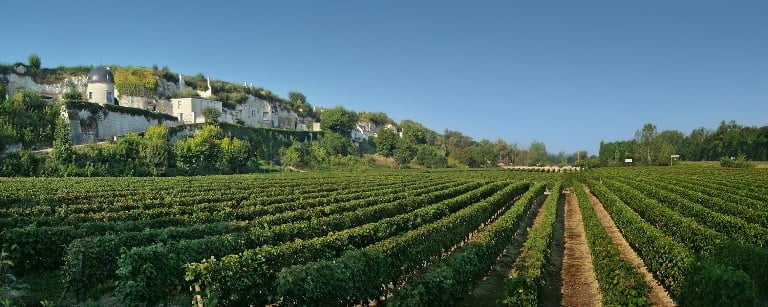



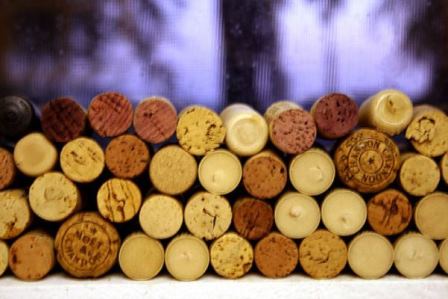
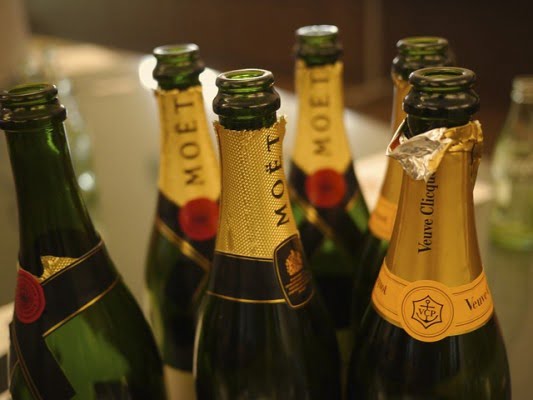






This guide is SO useful!!
I am a bit of a champagne novice, I must admit. I LOVE a good glass of bubbly as much as I deteste a glass of bad/cheap stuff! This will help me become an expert and choose wisely. 😉
Also, I love the fact about the sugar content. I can’t believe how much sugar champagne used to contain! Thank goodness – on behalf of both our arteries and our waistlines – that it contains so much less nowadays.
I have to admit, in my student days, I always used to pick up the cheapest bottle of wine or champagne that I could find in the supermarket, which unsurprisingly always used to taste like a combination between neat vinegar and nail varnish remover. Nowadays my palette has developed somewhat but it can be so confusing knowing which ones are going to be sweet and fruity-just how I like it! Now I know just which types to look out for, all I have to do is work out how many new ones I can afford to try each month!
This is great! No longer will I have to bluff- or get my sommelier boyfriend to choose for me 😉